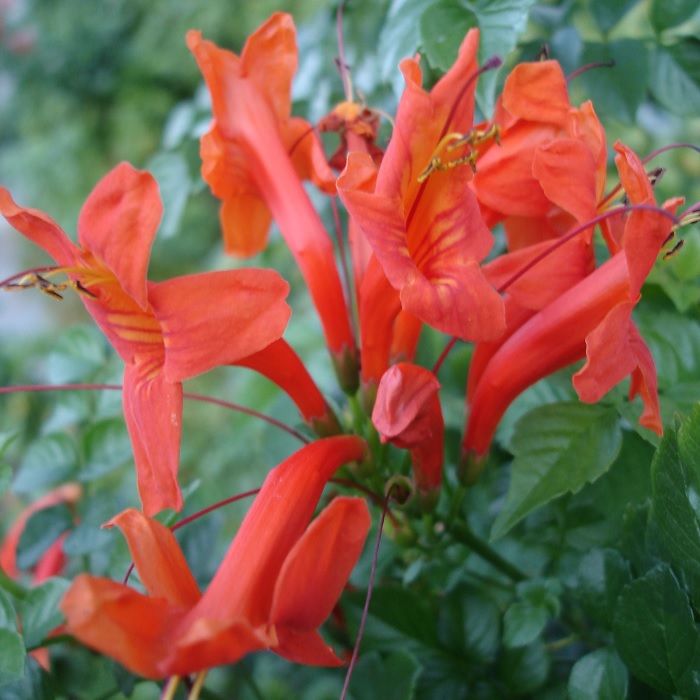UNITED STATES—For those who do not remember ancient history, this wet stuff that fell from the sky recently is known as “rain.” It used to be more common, particularly through winter. It has an unfortunate way of getting everything exposed to it quite wet. It makes soil muddy. Yet, rain has many attributes. It is composed of water, so provides much of what irrigation systems have provided for so long in the absence of rain.
Most of us have already been using less water around the garden than in the past. Some plants have suffered, and a some may have died. Surviving lawns are probably not as green as we would like them to be. Just when we think that the garden can not get by with any less, the weather takes over. Even sporadic rains mixed in with mostly sunny weather provides significant moisture.
Not only is more moisture falling from the sky, but the plants and lawns that want it become less demanding through autumn and winter. Evergreen foliage loses less moisture to evapotranspiration (evaporation from foliar surfaces) because it is exposed to less sunlight during shorter days, and because the air is cooler and more humid. Deciduous plants drop their leaves, so do not lose moisture.
Even plants that are sheltered from rain by leaves will need less water because of the cool and humid weather, and shorter days. Some potted evergreen plants that are disproportionately large relative to their pots will likely want to be watered between the rain, only because their roots are so confined. Potted deciduous plants may need their soil moistened if the weather stays dry long enough for the soil to get dry.
Automated irrigation systems need to be adjusted for the changing weather. Some systems may need to be adjusted a few times. By the time the weather gets reliably rainy and cool later in winter, some irrigation systems can be temporarily disabled until the weather gets warmer and drier in spring. Not only does this conserve water; it also makes over-watering and soil saturation less likely.
Highlight: cape honeysuckle
It may not bloom profusely, but cape honeysuckle, Tecoma capensis, blooms sporadically at random times throughout the year, and often while not much else is blooming. The bright reddish orange flowers contrast nicely against glossy evergreen foliage. Some blooms are slightly more reddish, while others are slightly more orangeish. A somewhat more compact cultivar blooms with light yellow flowers.
The long and limber stems of cape honeysuckle can not decide if they want to grow as vines or as shrubbery. They can be tied back and espaliered against a fence or trellis, or pruned and left to stand on their own. Large plants can get higher than the eaves. Overgrown thickets of stems can be cut down to the ground at the end of winter. They can regenerate and resume blooming before summer.
The narrow tubular flowers are about two inches long. They develop in terminal trusses, but only a few within a truss bloom at the same time. Shade inhibits bloom. Fertilizer seems to inhibit bloom by promoting vigorous vegetative growth. Fortunately, these vigorous shoots eventually bloom as vigorously as the grew. The four or five inch long leaves are pinnately compound, with five to seven small serrate leaflets.






